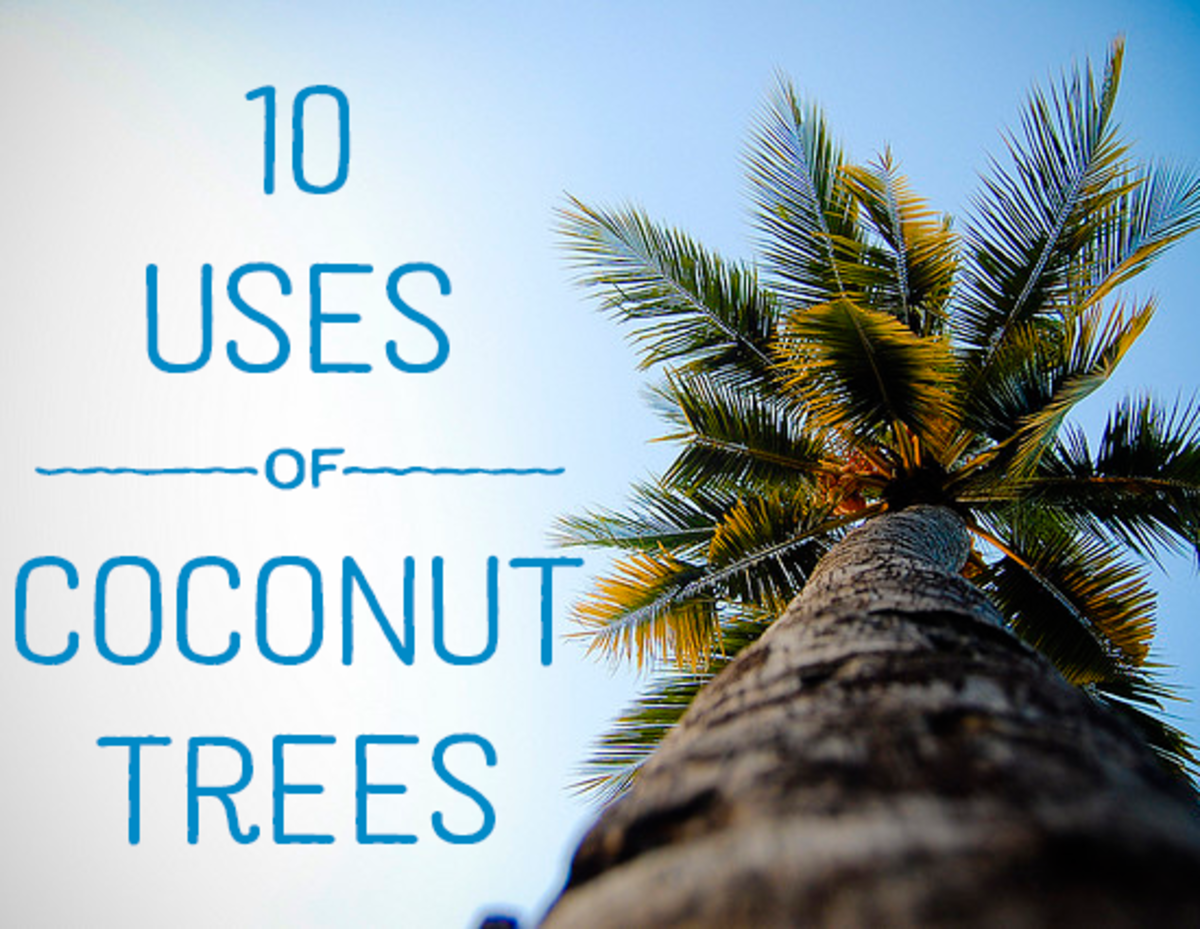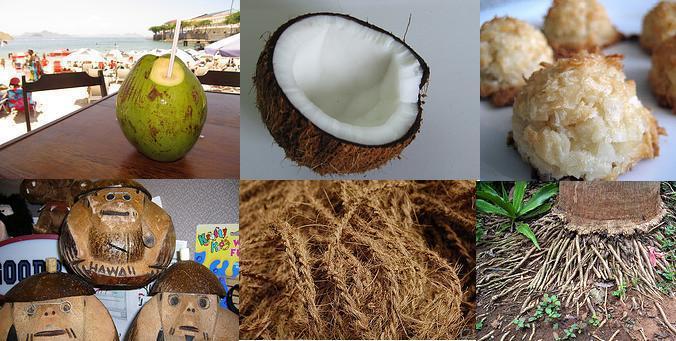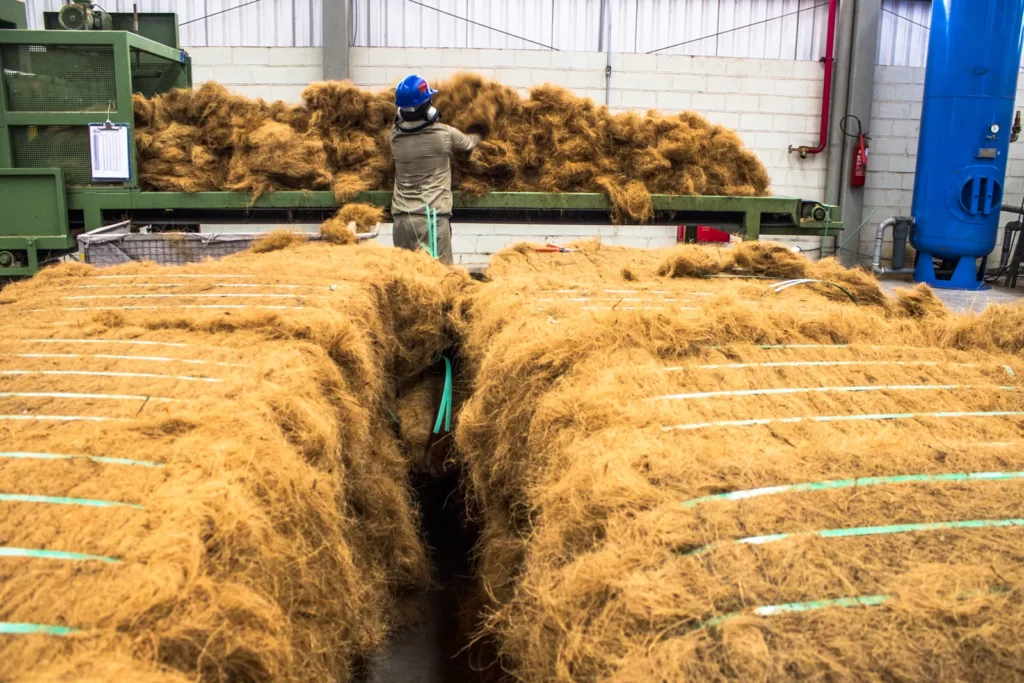
The coconut tree, often referred to as the “Tree of Life,” stands as a symbol of abundance and utility in tropical regions around the world. Native to coastal areas, this majestic palm provides not only shade and beauty but also a myriad of practical uses that have been woven into the fabric of daily life for generations. In this article, we will explore the diverse and essential applications of the coconut tree.

- Nutrient-Rich Coconuts:
The most well-known use of the coconut tree is, of course, the coconut itself. The fruit’s water and flesh are not only delicious but also packed with essential nutrients. Coconut water is a natural electrolyte-rich beverage, while coconut meat is used in culinary applications, providing a source of healthy fats and fiber. - Versatile Coconut Oil:
Extracted from the kernel or meat of mature coconuts, coconut oil is a staple with a wide array of applications. Used in cooking, skincare, and hair care, coconut oil is celebrated for its moisturizing properties, making it a popular ingredient in many beauty products. - Fiber for Construction and Crafts:
The coir, or fiber, obtained from the husk of coconuts, is a valuable resource. Coir is commonly used for making ropes, mats, and brushes. Additionally, it serves as an excellent material for construction, providing reinforcement in the form of coconut coir geotextiles. - Palm Fronds for Shelter:
The large, feathery fronds of the coconut tree, known as palms, are used for thatching roofs and creating shelter in many tropical communities. The design of traditional thatched roofs allows for natural ventilation, keeping interiors cool. - Wood for Construction and Art:
The trunk of the coconut tree yields durable and straight-grained wood, ideal for construction purposes. From building houses to crafting furniture, the wood of the coconut tree is versatile and sustainable. Artisans also use coconut wood for intricate carvings and sculptures. - Natural Dyes and Tannins:
Different parts of the coconut tree, including the husk and leaves, are sources of natural dyes and tannins. These substances are used in traditional crafts and textiles, contributing to the vibrant colors seen in various cultural artifacts. - Biofuel Production:
The coconut tree plays a role in sustainable energy practices. Coconut oil can be processed into biodiesel, offering an alternative and renewable source of energy. This application aligns with growing efforts to explore eco-friendly fuel options. - Medicinal Properties:
Traditional medicine systems in many cultures recognize the medicinal properties of various parts of the coconut tree. From treating wounds with coconut oil to using coconut water for hydration and detoxification, the tree has a long history of contributing to health and wellness. - Land Stabilization and Soil Erosion Control:
Coconut trees are planted along coastlines to control soil erosion and stabilize land. The extensive root system helps bind the soil, preventing erosion and acting as a natural barrier against storm surges. - Cultural and Ritual Significance:
Beyond its practical uses, the coconut tree holds cultural and ritual significance in many societies. It is often featured in folklore, ceremonies, and celebrations, symbolizing resilience, sustenance, and prosperity.

The coconut tree’s bounty extends far beyond its picturesque presence on tropical shores. From the nut to the roots, every part of this remarkable tree finds purpose in daily life, commerce, and cultural practices. As societies increasingly recognize the importance of sustainability, the coconut tree stands as a shining example of nature’s generosity and the harmonious relationship between humans and the environment.
